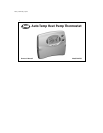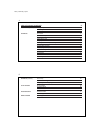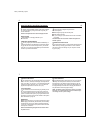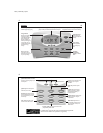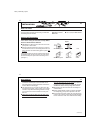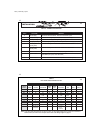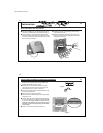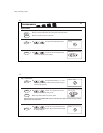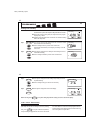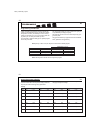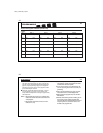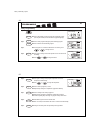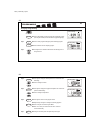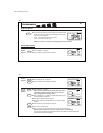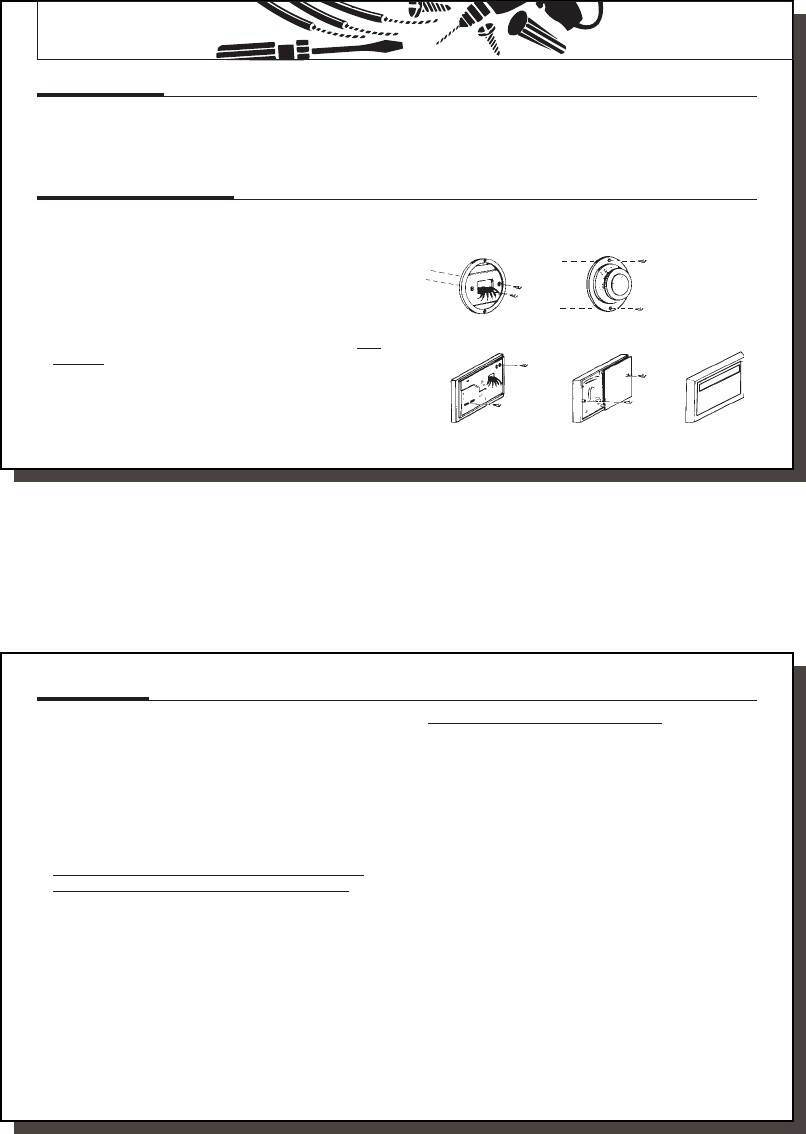
10
10
INSTALLATION
Wall Mounting Plate Thermostat Cover
Wall Mounting Plate Thermostat Cover
What You Need
This thermostat includes two #8 slotted screws and two wall an-
chors for mounting. To install your thermostat, you should have
the following tools and materials.
■
Slotted Screwdriver(s)
■
Electric drill and 3/16" bit
■
Phillips Screwdriver
■
Two 1.5 V (AA) size alkaline batteries
■
Hammer
CAUTION:
Do not remove any wiring from existing ther-
mostat before reading the instructions carefully. WIRES
MUST BE LABELED PRIOR TO REMOVAL.
■
IMPORTANT! Turn off the power to the furnace at the main
power panel or at the furnace.
■
Remove existing thermostat cover. See Figure 1. Some ther-
mostats will have screws or other locking devices that must
first be removed. Once wall mounting plate is exposed,
look
for wires.
If wires are not visible, they may be connected to the back of
the wallplate. Again, look for screws, tabs, etc. Some models
have doors that open to expose wires and mounting screws.
(See Figure 1).
Remove Old Thermostat
TYPICAL HOME THERMOSTATS
Figure 1
41652_model44760_web.pmd
11
11
(continued)
Wire Labeling
■
Each wire coming from the wall to the existing thermostat is
connected to a terminal point on that thermostat. Each of
these terminal points is usually marked with a code letter as
shown in Table A on the next page.
■
The number of wires in your system can be as few as four
(for single-stage systems), as many as eight, or any number
in between. If you follow the labeling procedures correctly,
you do not have to be concerned about how many wires
there are.
■
IMPORTANT! BEFORE DISCONNECTING ANY WIRES, APPLY
THE SELF-ADHESIVE LABELS PROVIDED TO THE WIRE AS
SHOWN IN TABLE A and B ON PAGES 12-13. (For example,
attach the label marked W to the wire that goes to the W or H
terminal on your existing thermostat.) IGNORE THE COLOR OF
THE WIRES since these do not always comply with the standard.
■
After labeling wires, disconnect them from the existing ther-
mostat terminals.
■
Remove existing wallplate. To make sure wires do not fall back
into wall opening, you may want to tape them to the wall.
■
If hole in wall is larger than necessary for wires, seal this hole
so that no hot or cold air can enter the back of the thermostat
from the wall. This air could cause a false thermostat reading.



